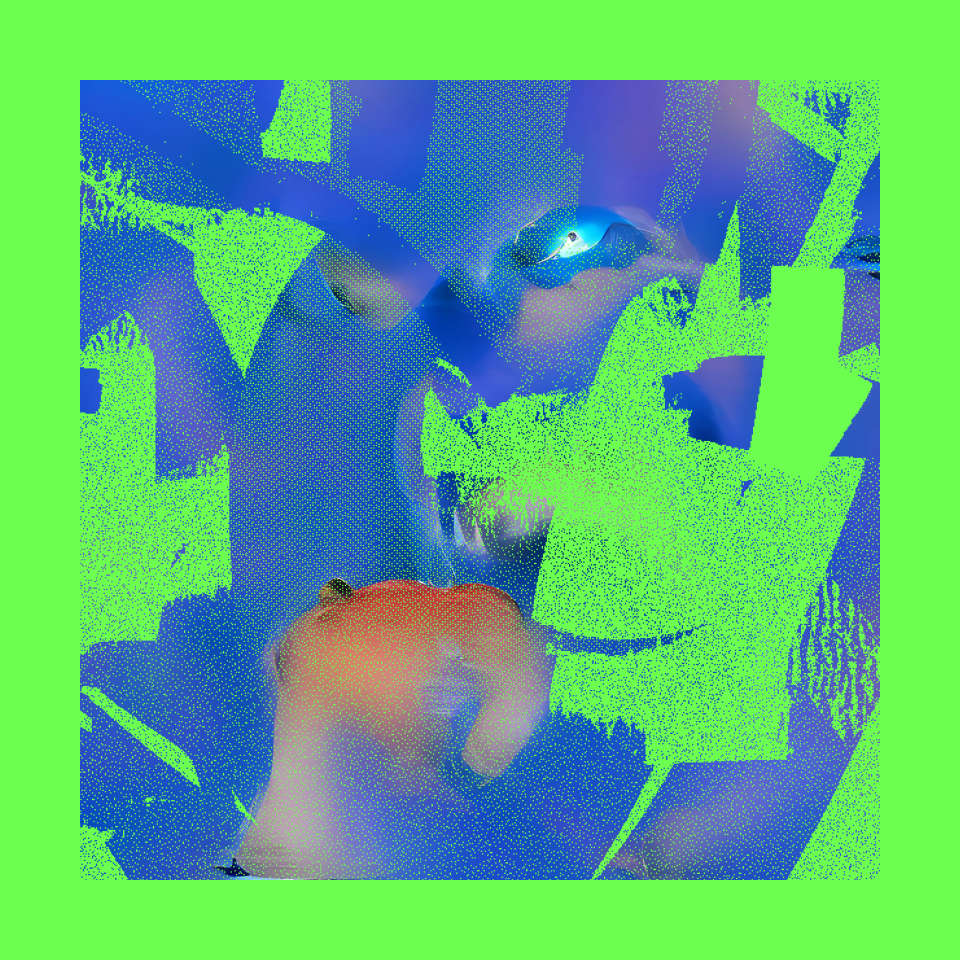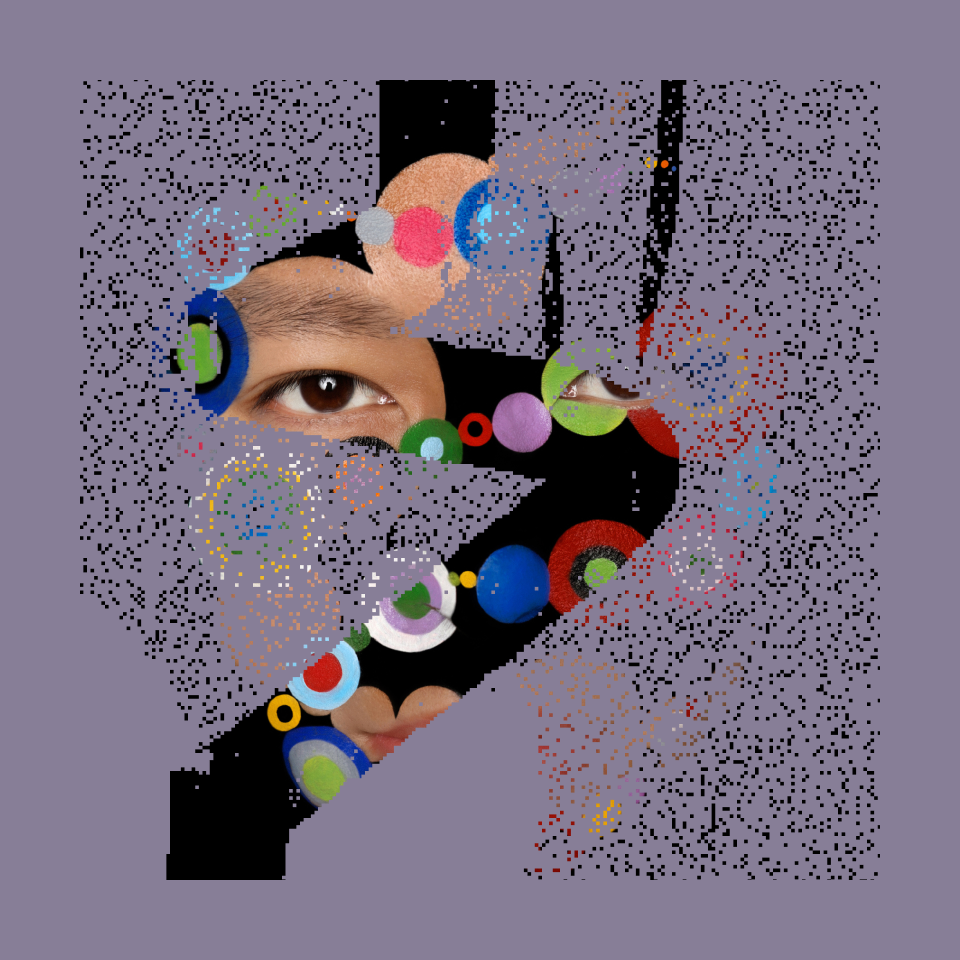In recent years, the art world has seen a growing interest in decentralizing the curatorial practice as a response to the need for a more inclusive art market which better represents new voices and mediums. Web3 is poised to significantly contribute to decentralizing curation by democratizing access to curation tools. Understanding the opportunity at hand to usher new models of curation that are in line with Web3’s community-owned ethos, SuperRare recently launched Spaces.
Spaces are independent galleries that bring new curatorial voices into the SupeRare ecosystem, making SuperRare the first community-curated NFT platform. Over the three years before Spaces were launched, SuperRare was a centrally curated platform that enabled the discovery of some of the foremost cryptoartists. Today, the platform recognizes the need to democratize how talent is discovered and represented, staying true to its foundational goal to disrupt gatekeeping in the art world.
Why should curation be decentralized in the first place?
Traditionally, the curatorial process has been a centralized affair, with power and authority concentrated in the hands of a select few. These gatekeepers decide which artists and artworks are worthy of exhibition, often based on their knowledge of art history but also subjective judgments and personal tastes. This model has been criticized for perpetuating biases and exclusivity in the art world.
A centralized curation model creates hierarchical structures where a few elite institutions and individuals wield significant influence over what art is worth appreciating and how it is valued. This concentration of power can lead to the promotion of a narrow canon, stifle nascent movements, and limit opportunities for emerging voices. It’s understandable that traditional institutions and curators want to be protective of the art world and uphold the legacies of its rich history. But history isn’t always fair or accurate, and great art is always breaking rules.
For instance, historically art hasn’t always been kind to women artists. There have been a great number of amazing women artists, but their stories have only recently started to resurface with the work of scholars no longer willing to look the other way. Judith Leyter, a Dutch painter essentially didn’t exist for the last 200 years. A majority of her paintings were attributed to Frans Hals, a male contemporary, or her husband, Jan Miense Molenaer. Her unassigned paintings were simply left unattributed. Yet, Lester was a prominent figure during her career and one of the first women to be part of the Haarlem Guild of St. Luke artist’s union.
Another example, perhaps closer to home, is digital art, which has long been shunned by such influential institutions and curators, yet found a loving home on the blockchain. Over the past 12 months, the cryptoart market valuation (~$6B) has reached nearly 10 percent of the global art market (~$67 B) in terms of sales, achieving these staggering results having only been around for roughly five years and in the midst of a bear market. This proves that not only is there demand for works outside of the traditional canon, but that the art world itself needs to break down some of the barriers that have prevented new voices, mediums, and movements from emerging.
Centralized curation also presents problems related to diversity and accessibility, where marginalized groups, such as women, artists of color, those from economically disadvantaged backgrounds, and those living outside of major cultural centers are strongly underrepresented. Consequently, the art world has been dominated by a limited range of voices and perspectives, and has historically excluded various communities from participation.
In contrast to centralized models, decentralized curation seeks to distribute power and authority in the art world among a wider range of stakeholders, creating space for different perspectives and voices to shine through. In a world where curation is more decentralized, collective decision-making – where multiple community members are involved in selecting and organizing exhibitions – is possible. Local, regional, and grassroots art scenes have the ability to tell their own stories, thereby increasing the richness and depth of the cultural narrative presented in exhibitions. When curation is more decentralized, people from all walks of life can find space to share their unique experiences of and perspectives on the world.
It’s important to note that the decentralization of the curatorial practice does not have to reduce the importance of art history. Quite the contrary! By decentralizing curation, there will be a greater need for archiving, recording, and historicizing the mediums, movements, and voices that will emerge.
How do Spaces contribute to decentralizing curation?
Anyone can create a proposal for a new Space and join the Space Race, where participants in the SuperRare ecosystem can vote on the proposals they want to see come to life. Once Spaces are voted into SuperRare, they are granted the power to act as independent curators and commissioners. This means that they can onboard new artists that are not yet on SuperRare, host group exhibitions or solo shows, and collect commissions for their work. The SuperRare DAO also earns an on-chain commission on sales from Spaces, giving $RARE token holders a direct incentive to support the curatorial efforts of all Spaces added to the network.
By having access to the technology that SuperRare curators have used over the past 3 years, Spaces Operators can enrich the way art and artists are discovered on the platform. Space Operators also have the power to mobilize dynamic communities around their offering, and contribute to expanding the cryptoart ecosystem. This gets us closer to mass adoption of blockchain technologies, as more people are encouraged to participate in order to mint art or collect from their favorite artists.
Space Operators are not gatekeepers in the traditional sense. They are curators in a decentralized art ecosystem which means their role responds to this paradigm shift.
Navigating and contextualizing the cryptoart landscape
With the vast and rapidly expanding universe of digital art and NFTs, Space Operators can play a crucial role in making sense of this new world. By researching, analyzing, and selecting relevant works, Space Operators provide audiences with context and language to appreciate the significance of digital art within broader artistic and cultural narratives.
Building bridges between the physical and digital worlds
Space Operators can serve as intermediaries between the digital and physical realms, organizing exhibitions and events that bring cryptoart into physical spaces and help actors in web3 connect with each other in person.
Developing and promoting new talent
Space Operators come up with a variety of mechanisms to discover and nurture emerging artists in the cryptoart space, helping them to develop their practice and gain visibility in web3 as well as in the broader art world. They actively contribute to the ongoing development and diversification of the art world by giving exposure to previously undiscovered or inaccessible talent.
Facilitating discourse and critical engagement
Space Operators can engage in critical discourse about digital art, NFTs, and the implications of decentralization in the art market. By organizing panel discussions, writing articles, or participating in public debates, curators can help shape the conversation around these topics and contribute to the development of new ideas and perspectives.
Building a roadmap for decentralized curation at scale
Over time, Space Operators can develop best practices and tools to facilitate the decentralization of the curatorial practice on the blockchain. Space Operators work in close collaboration with SuperRare for example, making proposals to improve the Spaces ecosystem and layering their own tools on top of it. Down the line, Spaces are poised to not only contribute to improving the way audiences discover art, but also become the place where any curator (new or seasoned) can find a host of tools to help them in their journey.
Advising collectors and investors
As the art market becomes increasingly decentralized and digital, Space Operators can play a role in advising collectors and investors on the acquisition and management of digital art and NFTs. By providing expertise on issues such as provenance, value, and significance, Space Operators can help collectors make informed decisions about their investments in the cryptoart space.
With Spaces, SuperRare takes the first step at enabling a community-owned and curated future for cryptoart. As the product evolves, curatorial approaches and tools will emerge. We plan to follow and report on the progress Space operators are making in building a decentralized future for curation. We will be regularly publishing case studies on Spaces.



